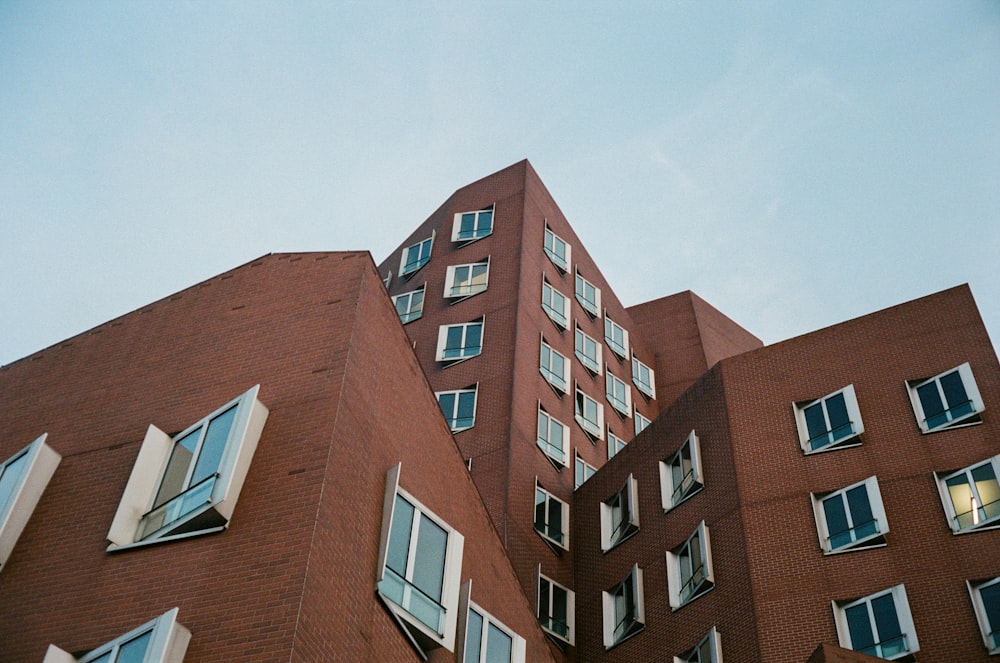Architectural Alchemy: Deconstructing Boundaries
Embark on a journey through the captivating realm of Deconstructivism, where architects challenge conventional norms, creating structures that defy traditional perceptions of form and function. In this exploration of architectural alchemy, we delve into the roots, principles, and impact of Deconstructivism on the built environment.
The Origins of Deconstructivism
Deconstructivism emerged in the late 20th century as a radical departure from the established principles of architecture. Influenced by the deconstructivist philosophy in literature and philosophy, architects sought to break away from the constraints of symmetry and order, opting for designs that embraced fragmentation and unpredictability. Pioneers like Frank Gehry and Zaha Hadid paved the way, introducing a new chapter in architectural innovation.
Breaking the Mold: Principles of Deconstructivism
At the heart of Deconstructivism lies the intentional dismantling of architectural conventions. Buildings designed in this style often feature distorted geometries, skewed angles, and a sense of controlled chaos. The use of non-traditional materials and an emphasis on dynamic forms contribute to a visual language that challenges preconceived notions, inviting viewers to question and engage with the structures on a deeper level.
Deconstructivist Icons: Gehry’s Gehry
Frank Gehry, an iconic figure in the world of Deconstructivism, is celebrated for his groundbreaking designs that blur the line between art and architecture. Structures like the Guggenheim Museum Bilbao and the Walt Disney Concert Hall in Los Angeles embody the principles of Deconstructivism, with their expressive forms and sculptural aesthetics. These architectural marvels redefine the urban landscape, turning the ordinary into the extraordinary.
Zaha Hadid’s Architectural Odyssey
Zaha Hadid, another luminary in the realm of Deconstructivism, left an indelible mark with her avant-garde approach. Her fluid, futuristic designs, such as the Heydar Aliyev Center in Baku and the MAXXI Museum in Rome, showcase a commitment to pushing the boundaries of architectural possibility. Hadid’s legacy exemplifies the transformative potential of Deconstructivism on a global scale.
Impact on Urban Landscapes
Deconstructivism’s influence extends beyond individual structures, shaping the very fabric of urban landscapes. As architects embrace the freedom to challenge traditional norms, city skylines evolve into dynamic compositions of innovation. Deconstructivist buildings inject a sense of vitality, sparking dialogue and redefining our relationship with the built environment.
Challenges and Criticisms
Despite its avant-garde appeal, Deconstructivism is not without its critics. Detractors argue that the style prioritizes form over function, resulting in spaces that may be challenging to inhabit. The unconventional shapes and configurations can pose practical challenges, raising questions about the balance between architectural experimentation and the needs of occupants.
To delve deeper into the world of Deconstructivism, visit Deconstructivism. This website offers a curated exploration of architectural innovation, showcasing how Deconstructivism transforms structures into thought-provoking works of art.




